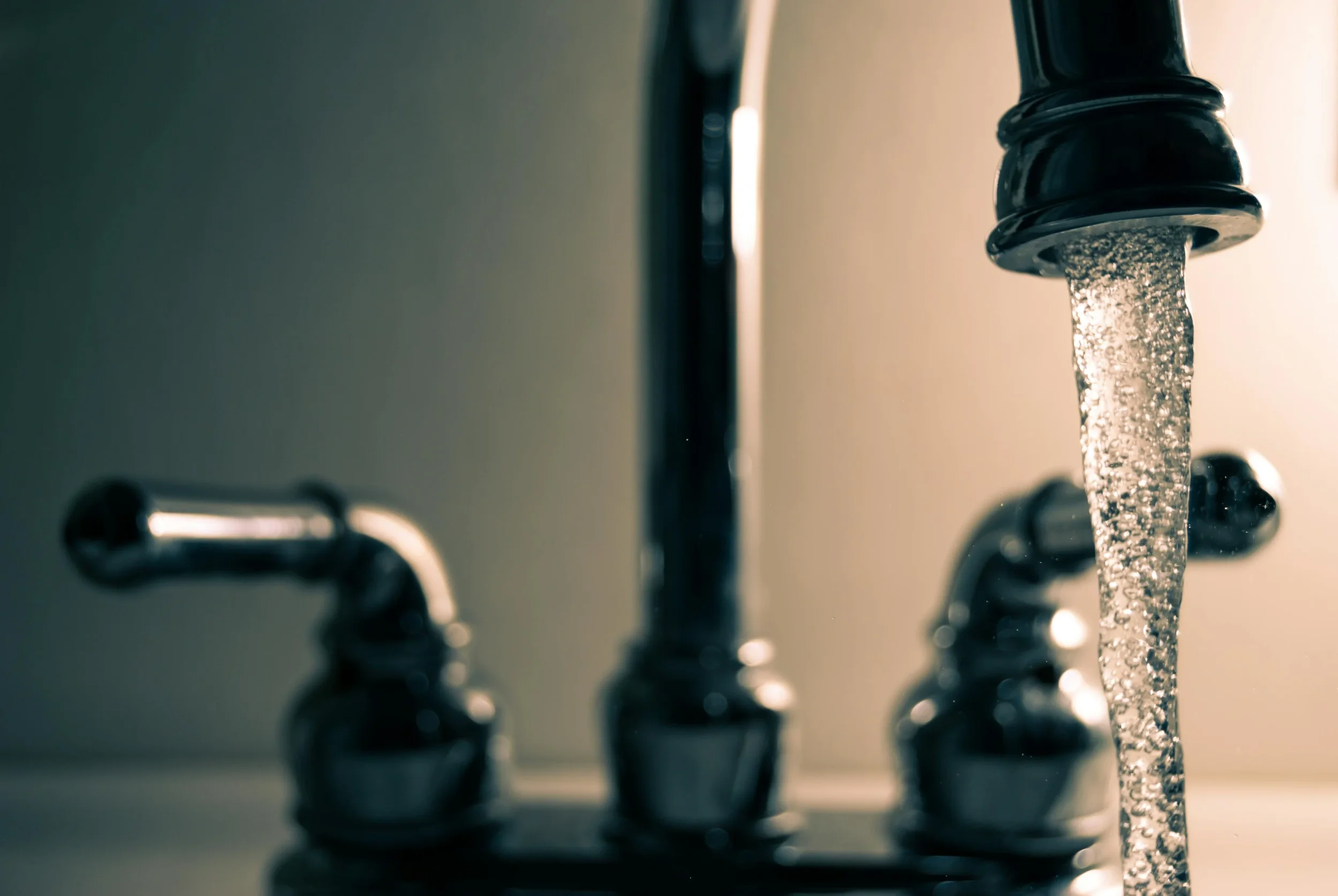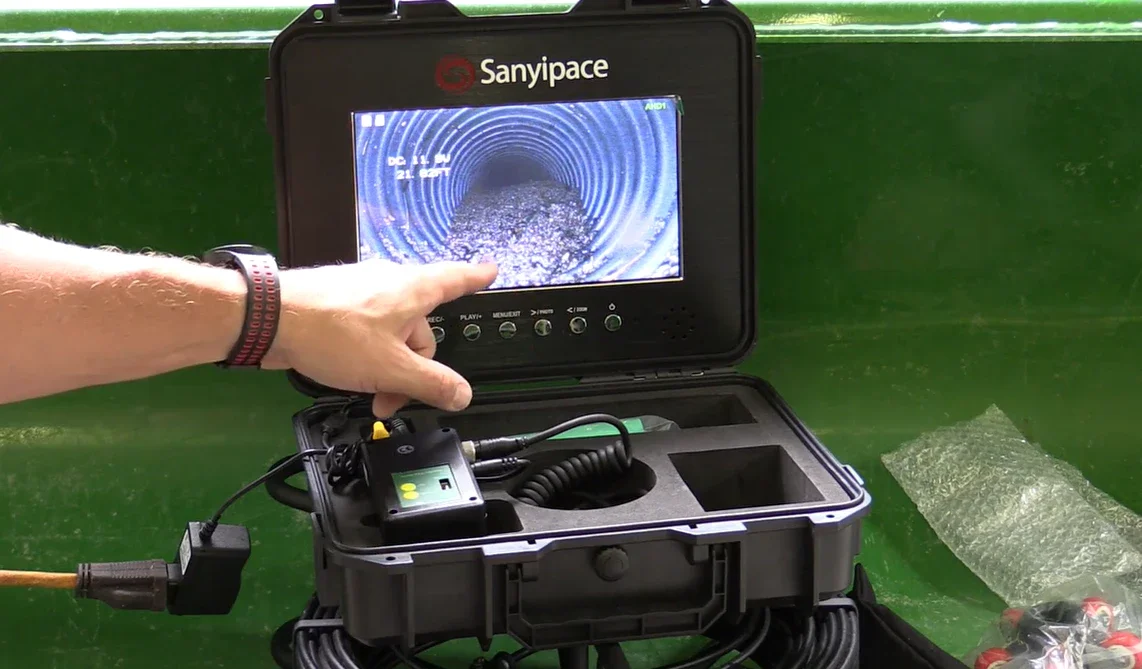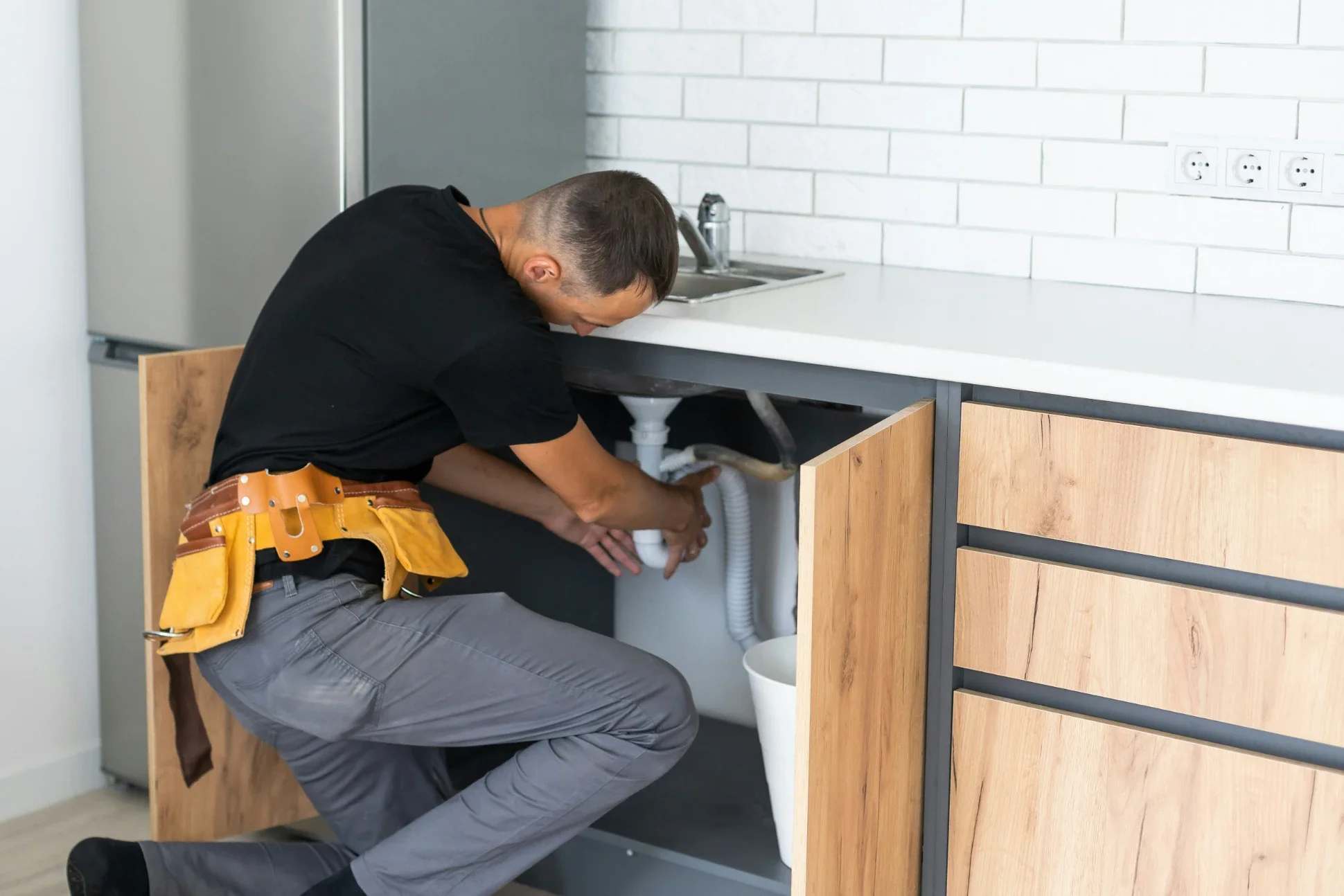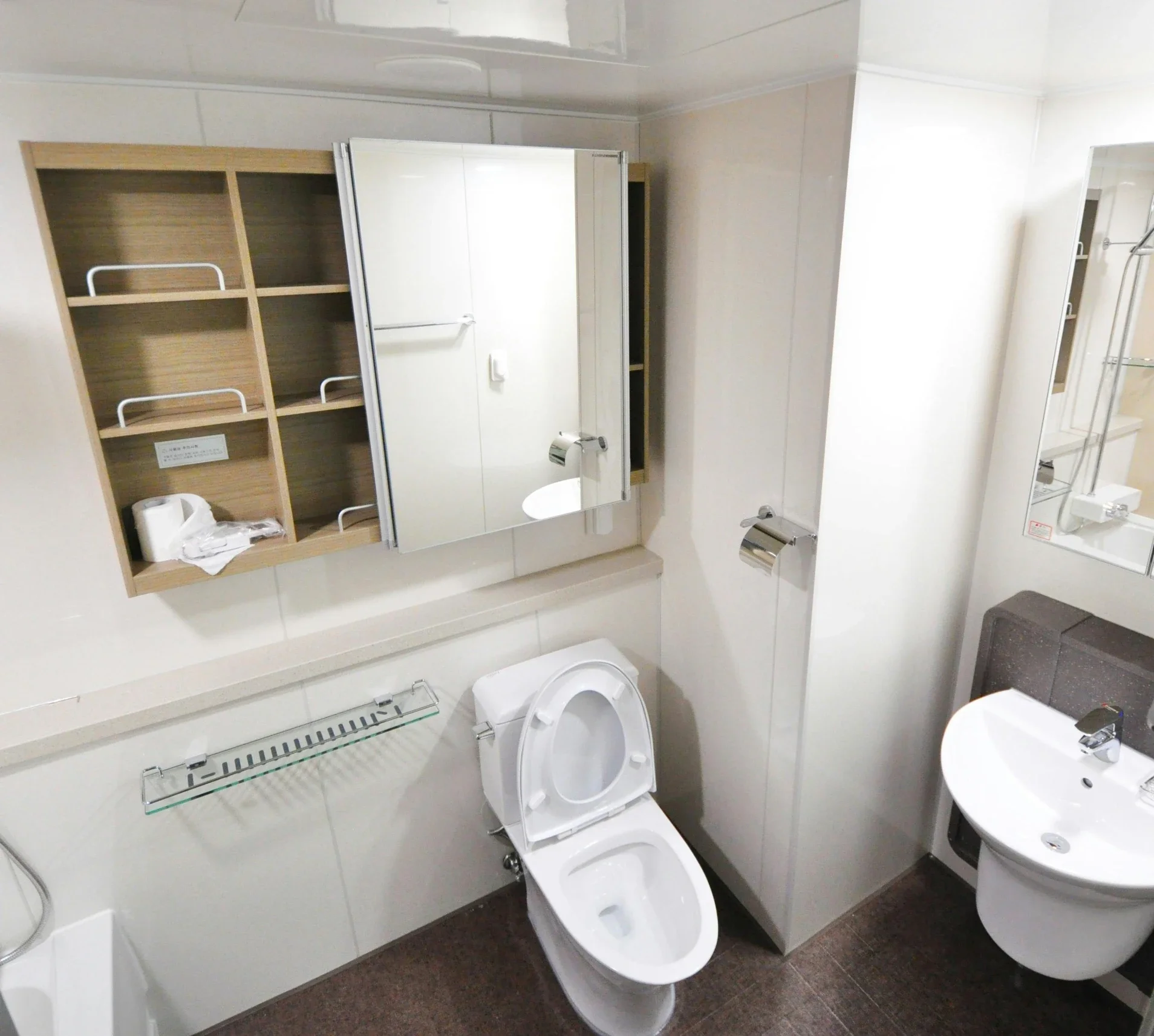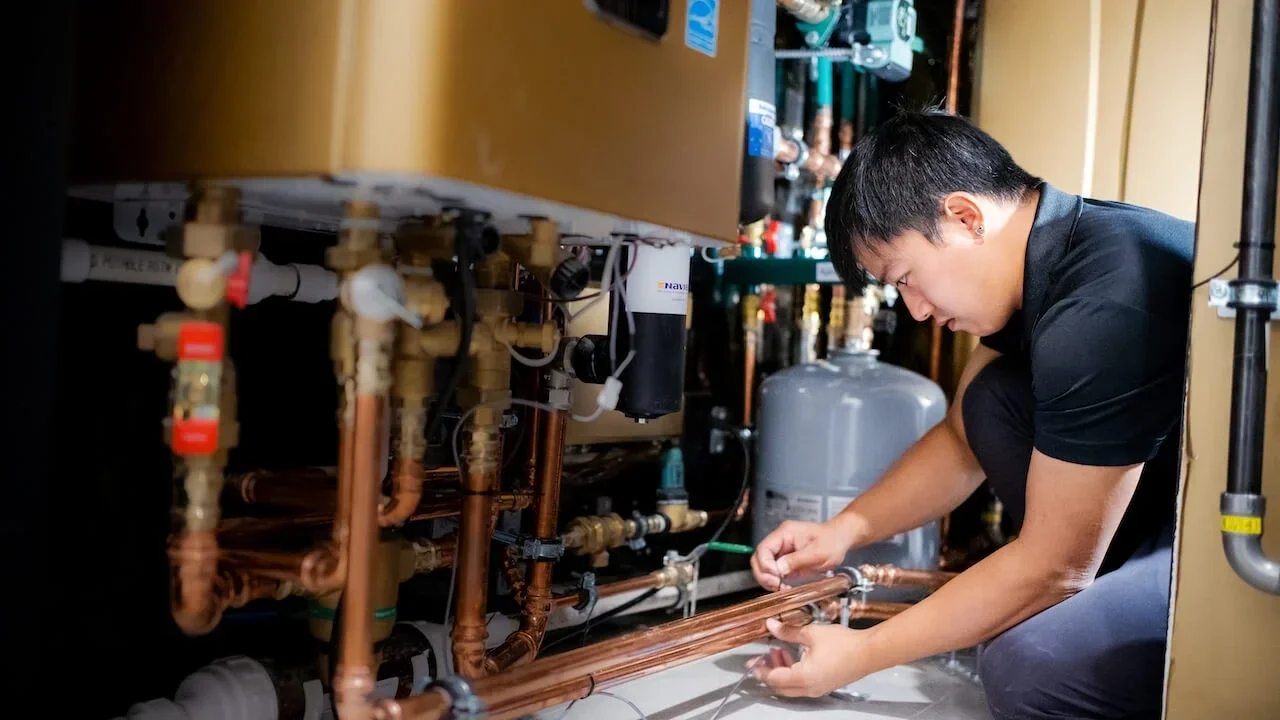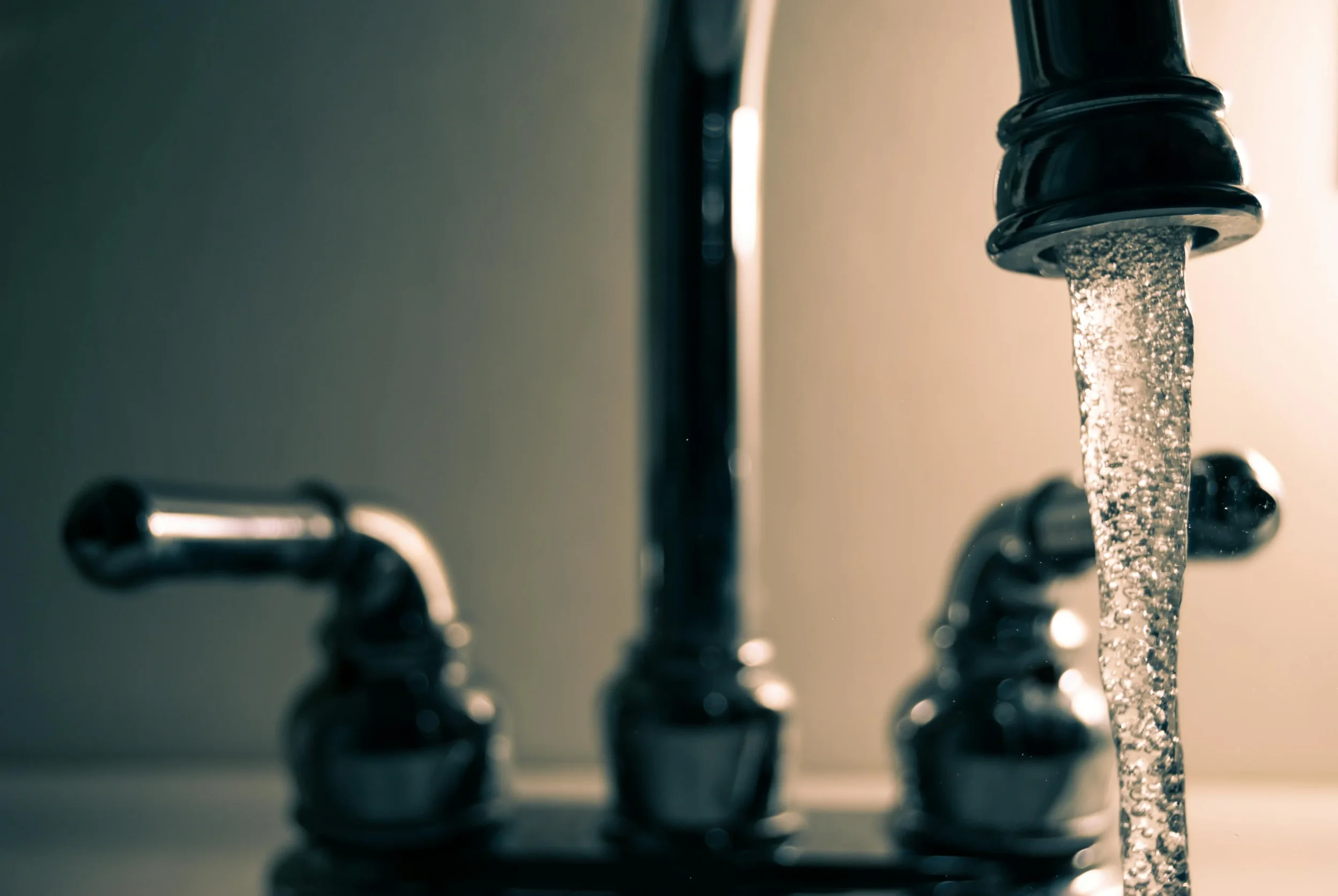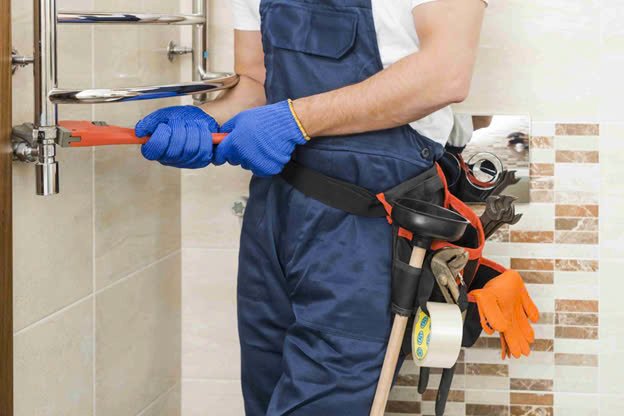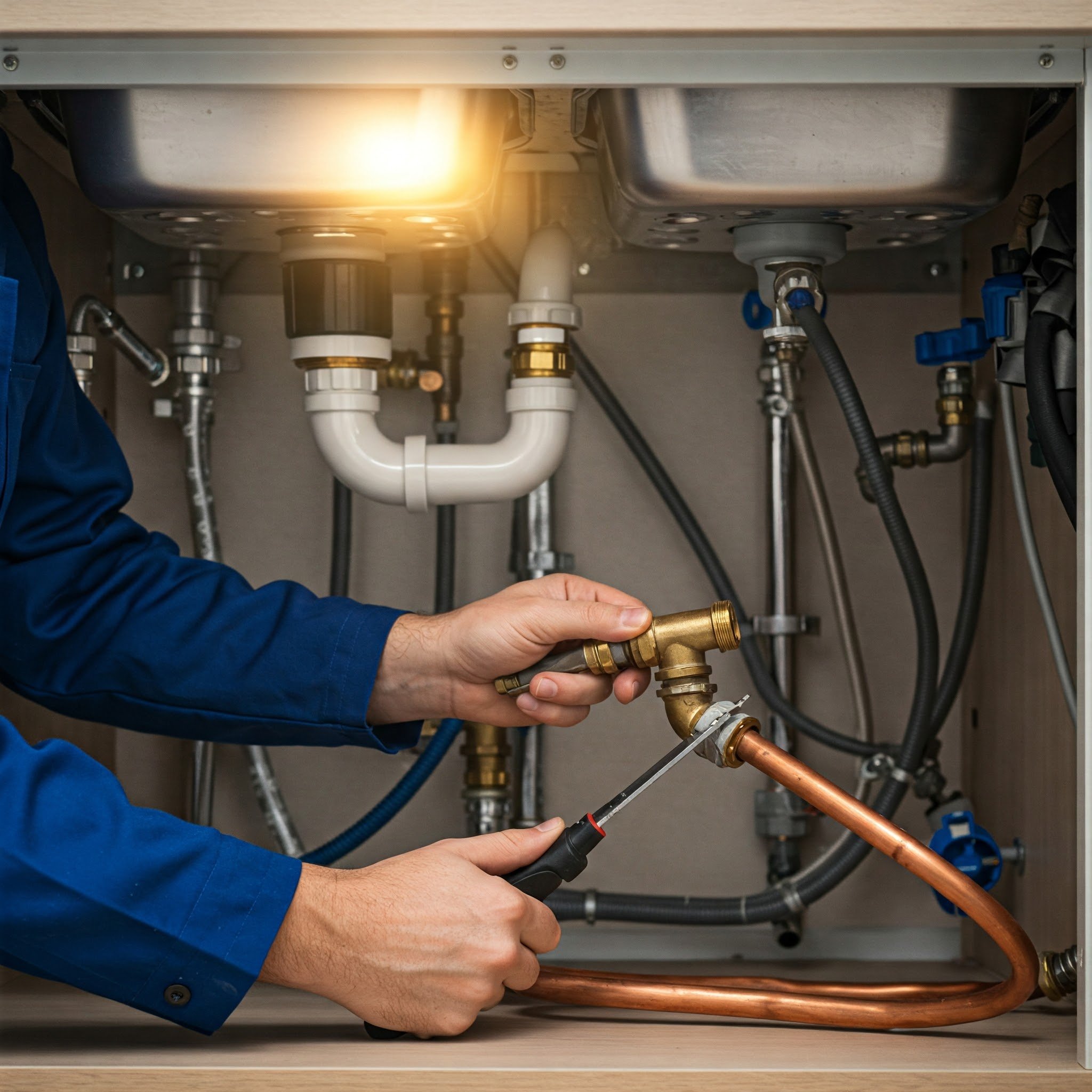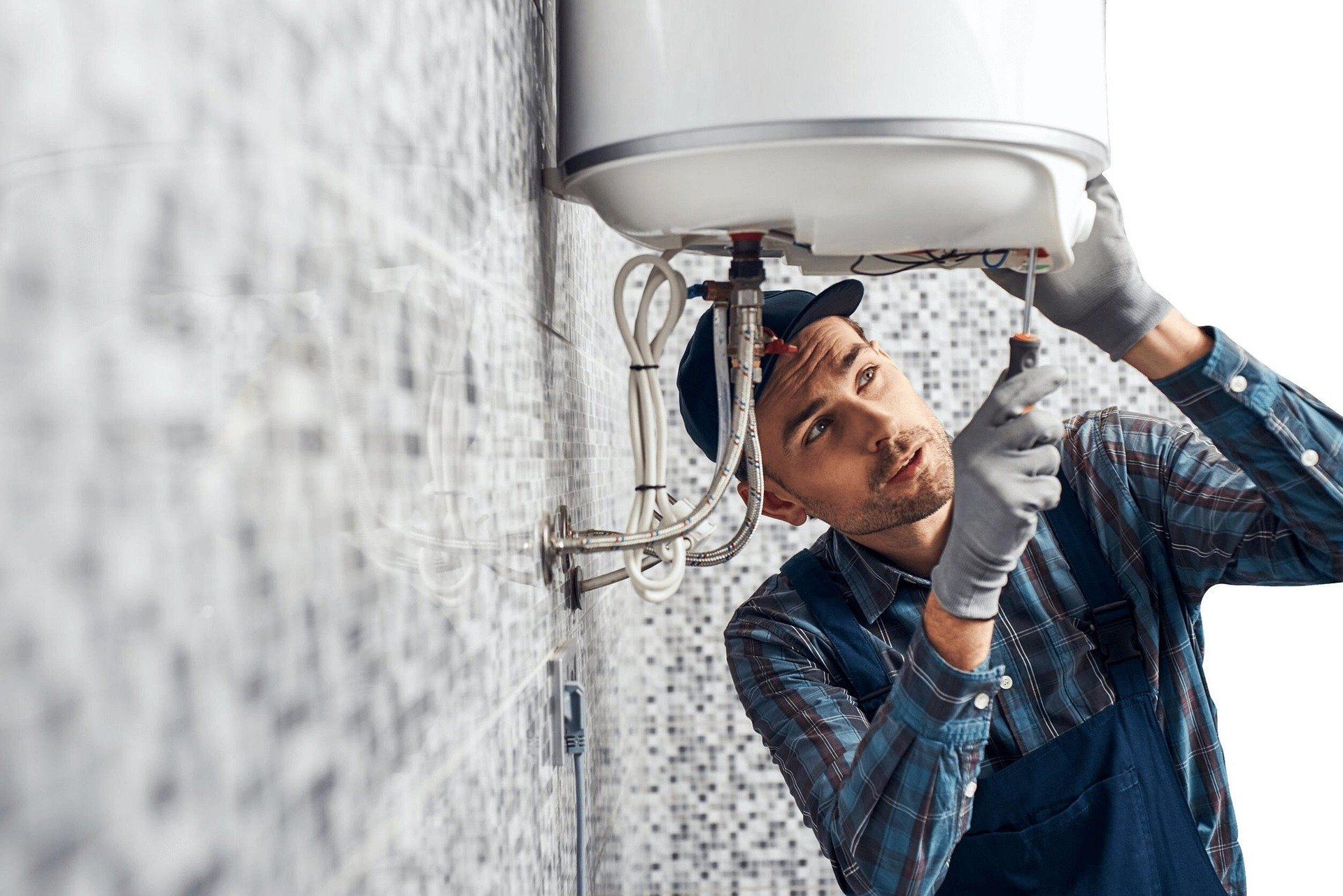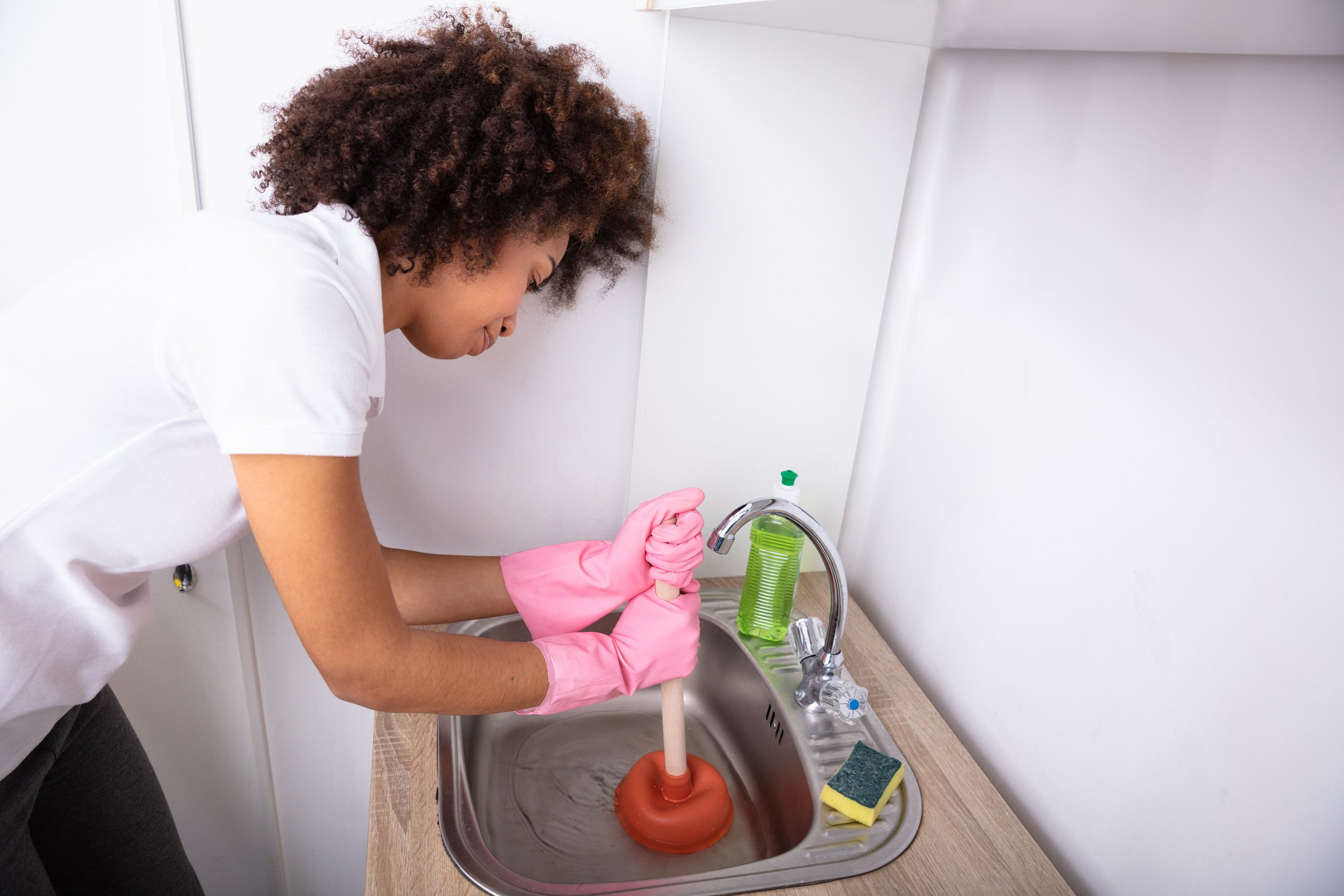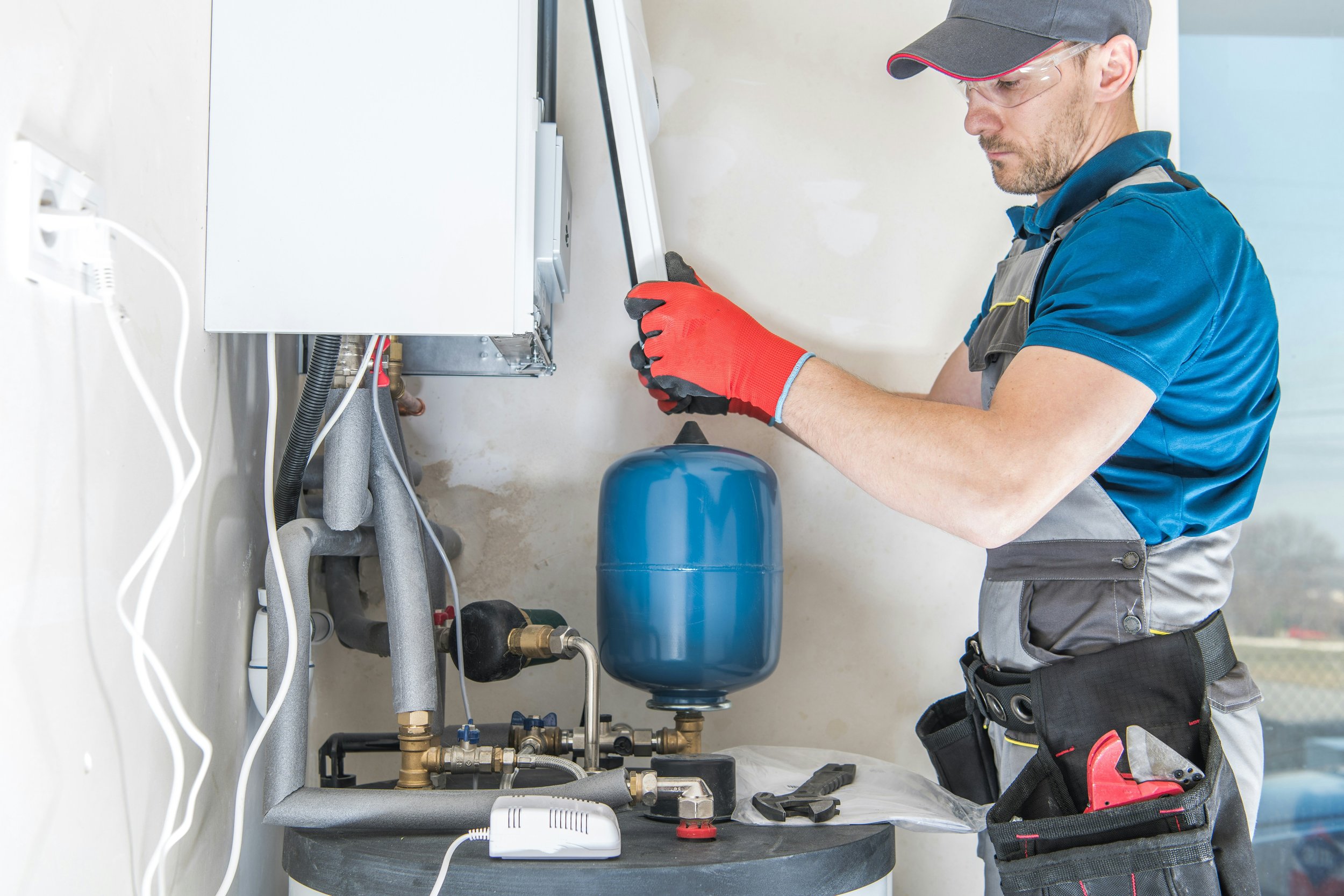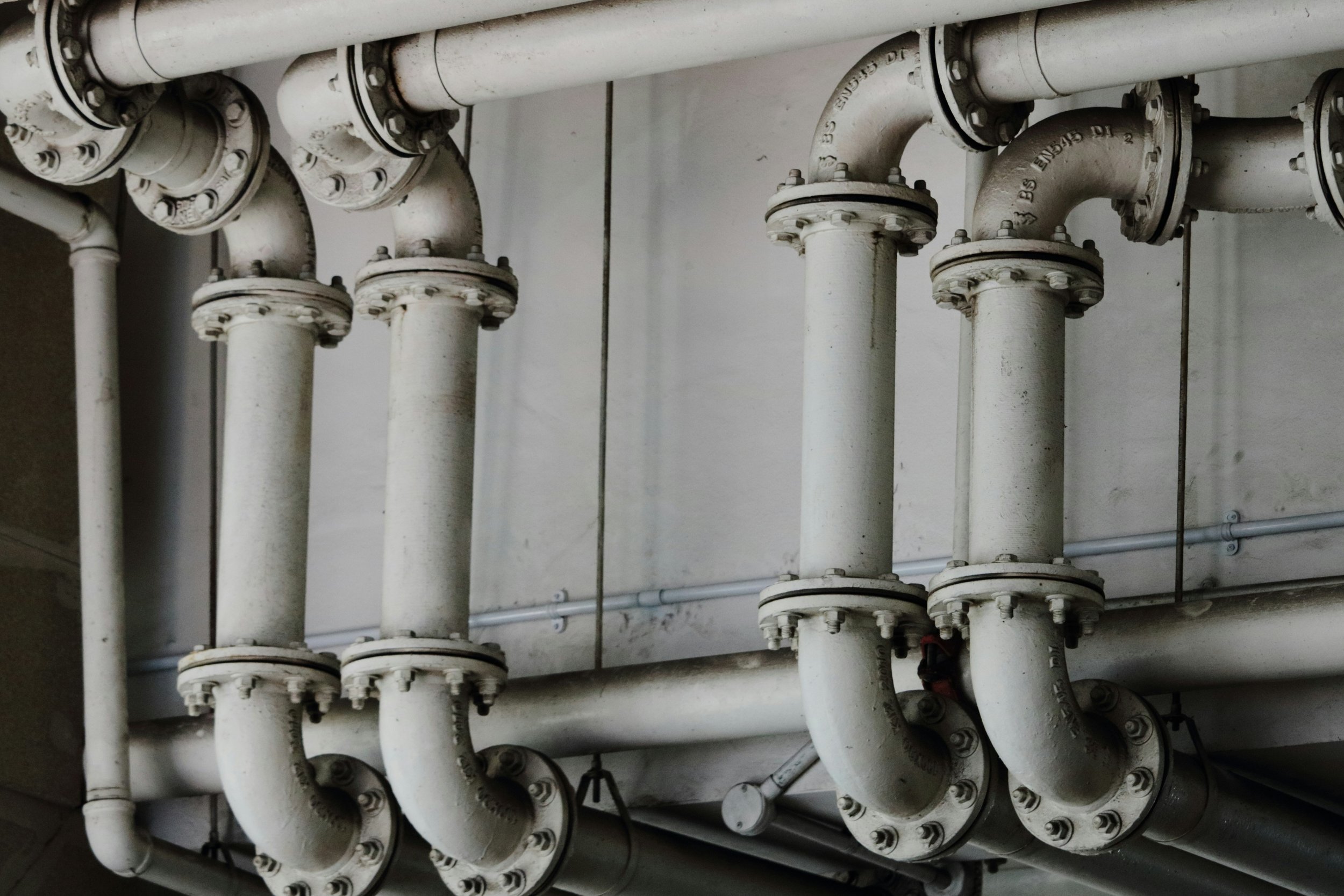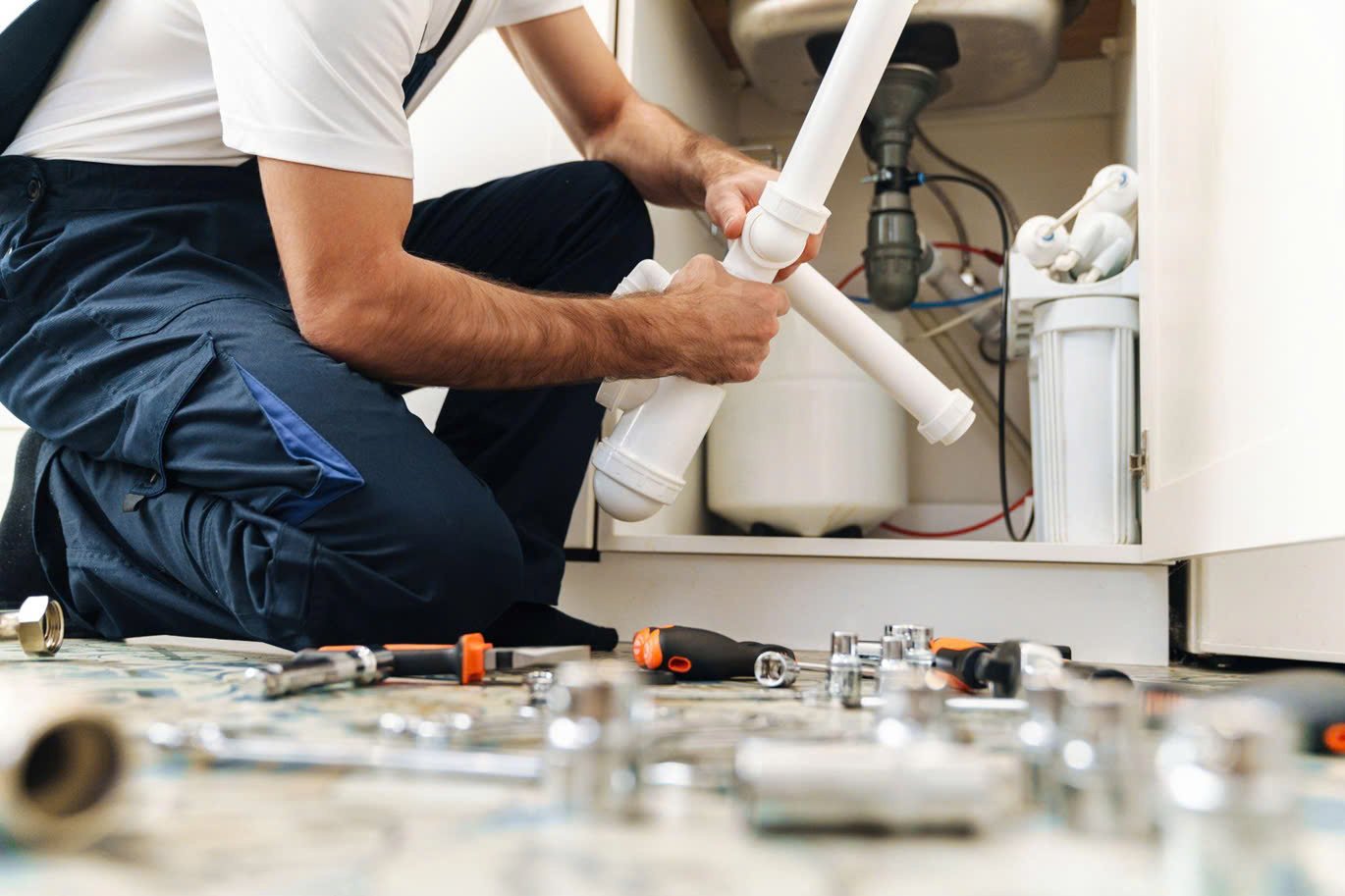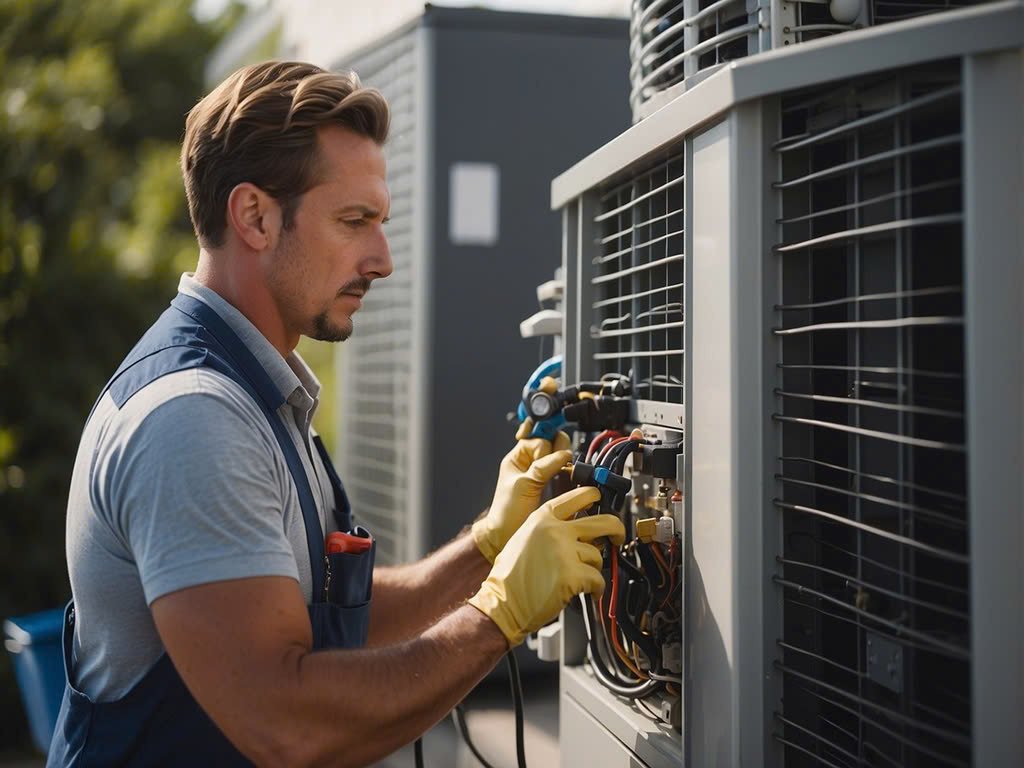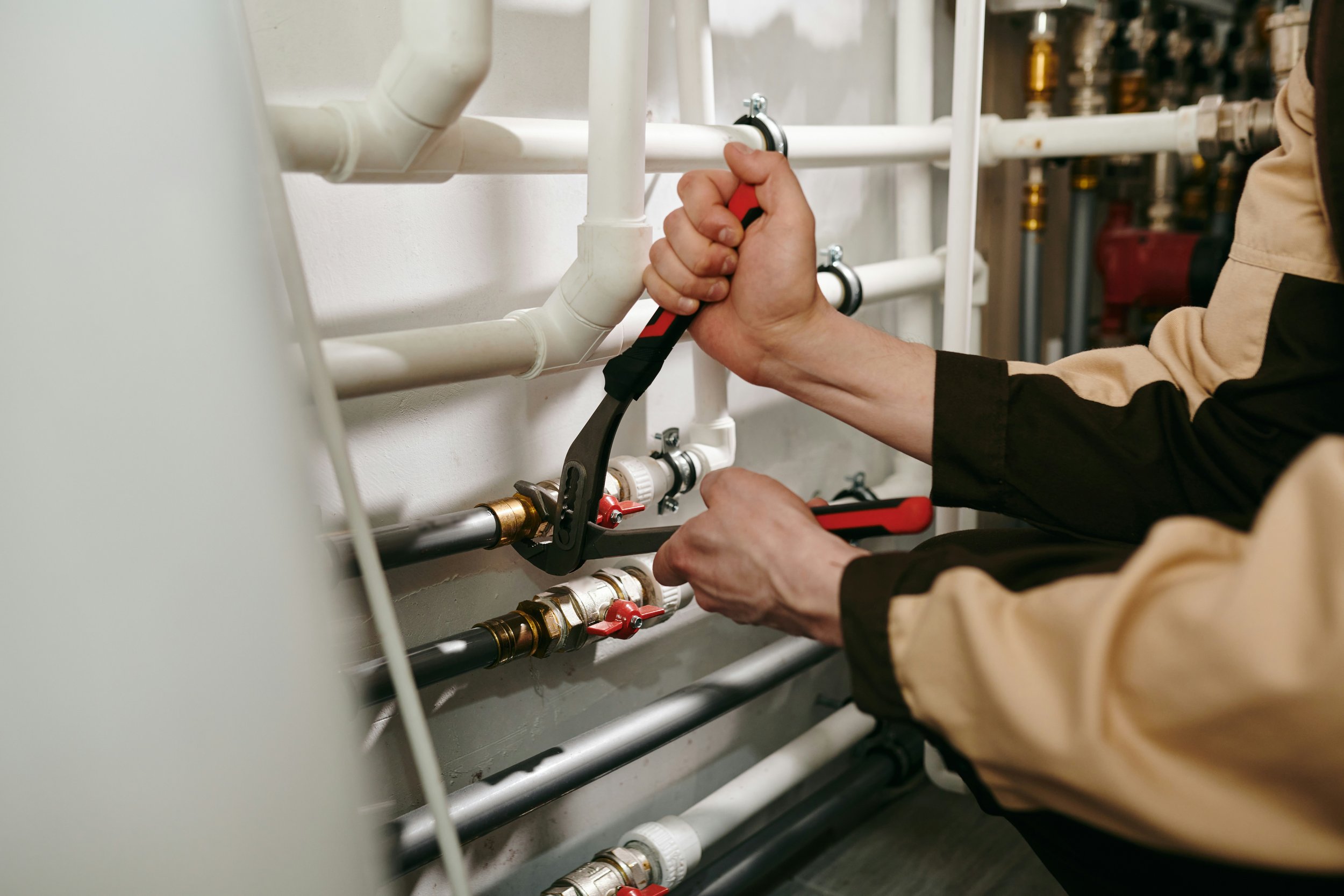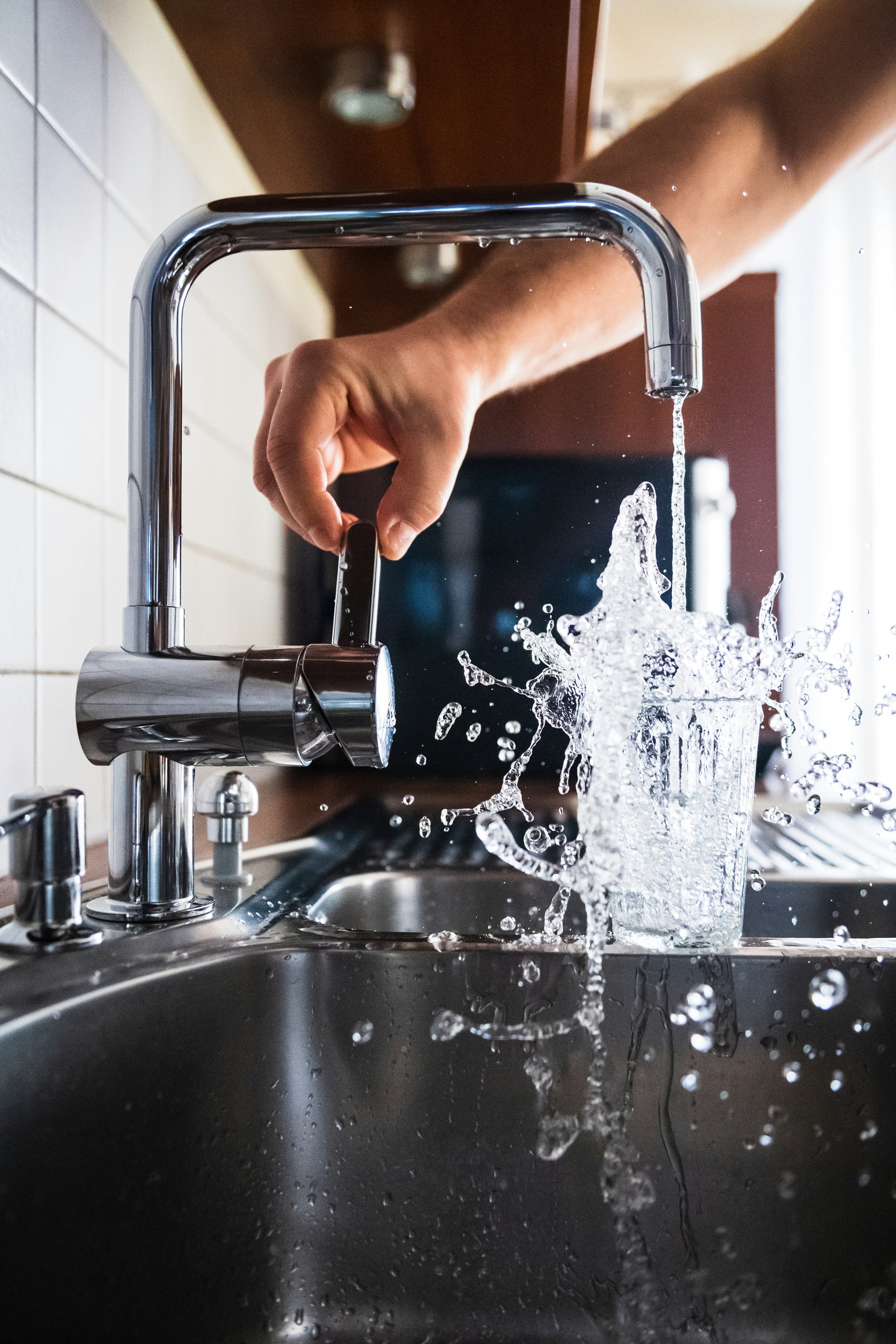Why Repiping Becomes Essential When Plumbing Issues Keep Returning
Discover why repiping is the lasting solution when plumbing issues recur, preventing costly repairs and ensuring a safe, reliable water system.
Plumbing systems are the hidden lifelines of every home, quietly ensuring that clean water flows where it’s needed and waste is carried away without interruption. When pipes begin to fail, however, the consequences are anything but silent.
Persistent leaks, low water pressure, and recurring clogs are more than simple inconveniences, they’re signs of deeper systemic issues. While quick fixes may provide temporary relief, repiping often becomes the most effective long-term solution. Understanding when and why to invest in a full repiping project can save homeowners from ongoing stress, mounting repair costs, and potential damage to their property.
Recognizing the Limits of Quick Fixes
Many homeowners initially rely on short-term repairs when plumbing issues arise. A patch on a leaky joint, a replacement faucet, or a temporary seal on a crack might appear to solve the problem.
But when leaks or clogs keep returning, it’s a strong indication that the plumbing system itself is deteriorating. In the Bay Area, where older homes and shifting soil can add extra strain on pipes, turning to experienced Bay Area plumbers ensures that the root cause is diagnosed accurately. Professionals can determine whether repiping is the best path forward or if isolated repairs are still viable.
Temporary solutions may seem cost-effective, but they often add up to more than a full repiping project would have cost. By addressing only the surface of the issue, homeowners risk repeated disruptions, wasted water, and potential structural damage from unnoticed leaks.
Common Signs That Repiping Is Necessary
Recognizing the warning signs of failing pipes can help homeowners act before problems escalate. Common indicators include:
Persistent low water pressure that cannot be fixed by cleaning fixtures or replacing individual components.
Discolored or rusty water, which often points to corroded pipes contaminating the supply.
Frequent leaks in different areas of the home suggest widespread deterioration.
Odd-tasting water or unusual odors, often linked to aging or damaged piping materials.
Visible corrosion or damage to exposed sections of piping in basements, crawlspaces, or utility rooms.
When these symptoms appear repeatedly, patchwork repairs lose their effectiveness, and repiping becomes a smarter investment.
Materials and Their Lifespans
The need for repiping often depends on the type of material used in the home’s plumbing system. Older houses may still contain galvanized steel pipes, which corrode and typically last 20 to 50 years. Copper pipes, while more durable, can degrade after decades of use in areas with acidic water.
Modern homes often use PEX or CPVC piping, which are flexible, resistant to corrosion, and easier to install. Choosing the right material for repiping resolves current issues and ensures long-term reliability. Professional plumbers can recommend the best options based on local water quality, home design, and budget considerations.
The Cost Factor
Cost is often the biggest hesitation for homeowners considering repiping. It’s true that replacing an entire plumbing system represents a significant investment. The cumulative cost of repeated repairs, water damage restoration, and inflated water bills from hidden leaks often surpasses the one-time expense of repiping.
Repiping adds long-term value to the property. Potential buyers are more confident in homes with updated plumbing, knowing they won’t face major repairs immediately after moving in. In this way, repiping is not just a maintenance expense but an investment in the home’s worth.
Health and Safety Considerations
Beyond financial concerns, deteriorating pipes can pose health risks. Rust, sediment, or even lead from old pipes can contaminate drinking water, leading to potential health issues for residents. Mold growth from hidden leaks creates additional hazards, particularly for children, elderly family members, or those with respiratory conditions.
By repiping, homeowners ensure that water remains clean and safe for daily use, while eliminating the risk of structural damage caused by long-term leaks.
Long-Term Peace of Mind
The greatest benefit of repiping is peace of mind. Instead of worrying about the next leak or clog, homeowners can trust that their plumbing system is reliable, safe, and efficient. Water pressure improves, the risk of contamination decreases, and maintenance costs drop significantly.
Repiping helps conserve water, an increasingly important consideration in areas where conservation is critical. By eliminating leaks and inefficiencies, families contribute to sustainability while reducing their utility bills.
When plumbing issues keep returning despite repeated repairs, it’s often a sign that repiping is the best long-term solution. With the guidance of trusted plumbers, homeowners can move from patchwork fixes to comprehensive upgrades that improve water quality, safety, and efficiency.
Though the upfront cost may feel daunting, repiping pays dividends in reduced repairs, increased property value, and lasting peace of mind. Ultimately, investing in a new plumbing system ensures that homes remain safe, functional, and comfortable for years to com
